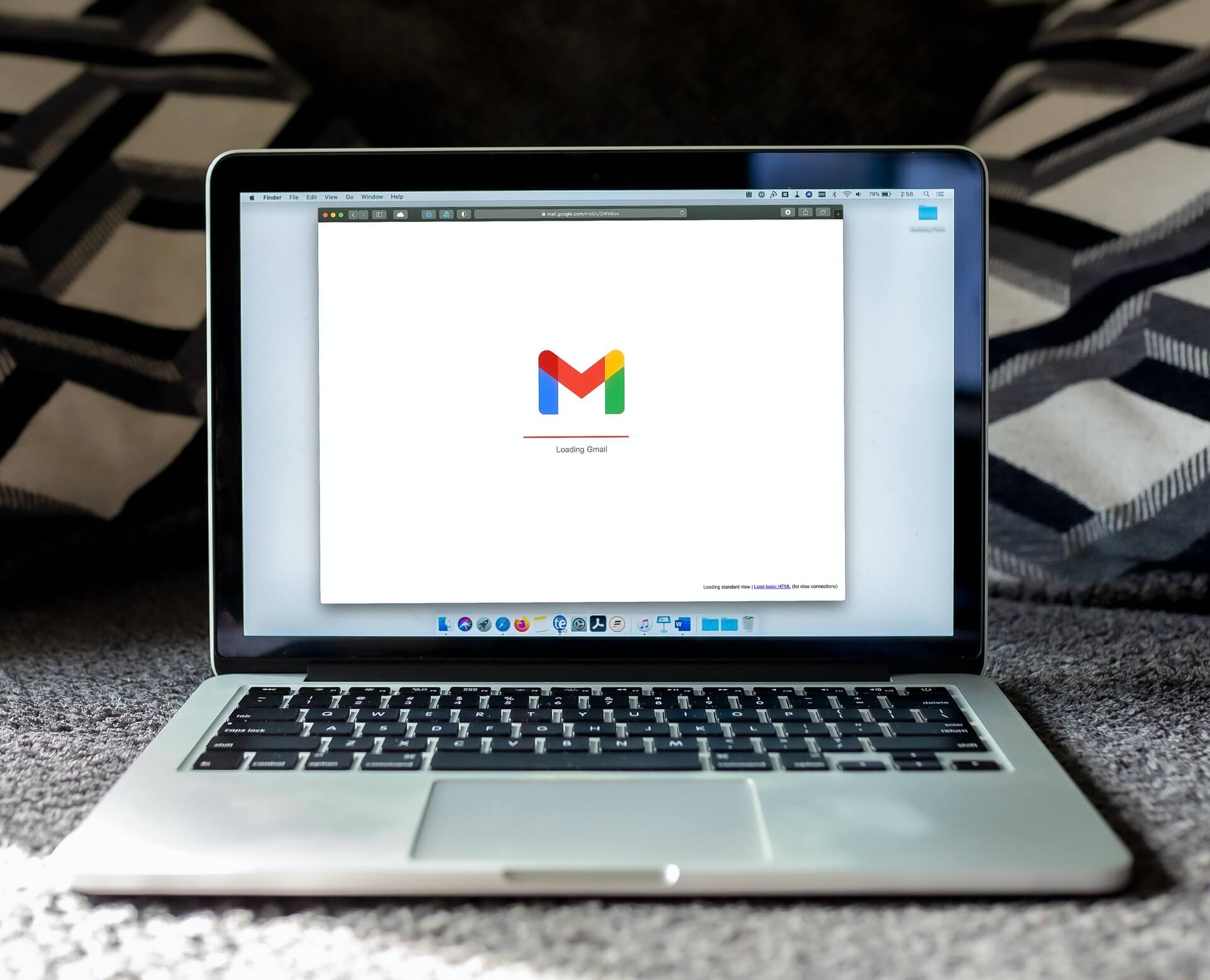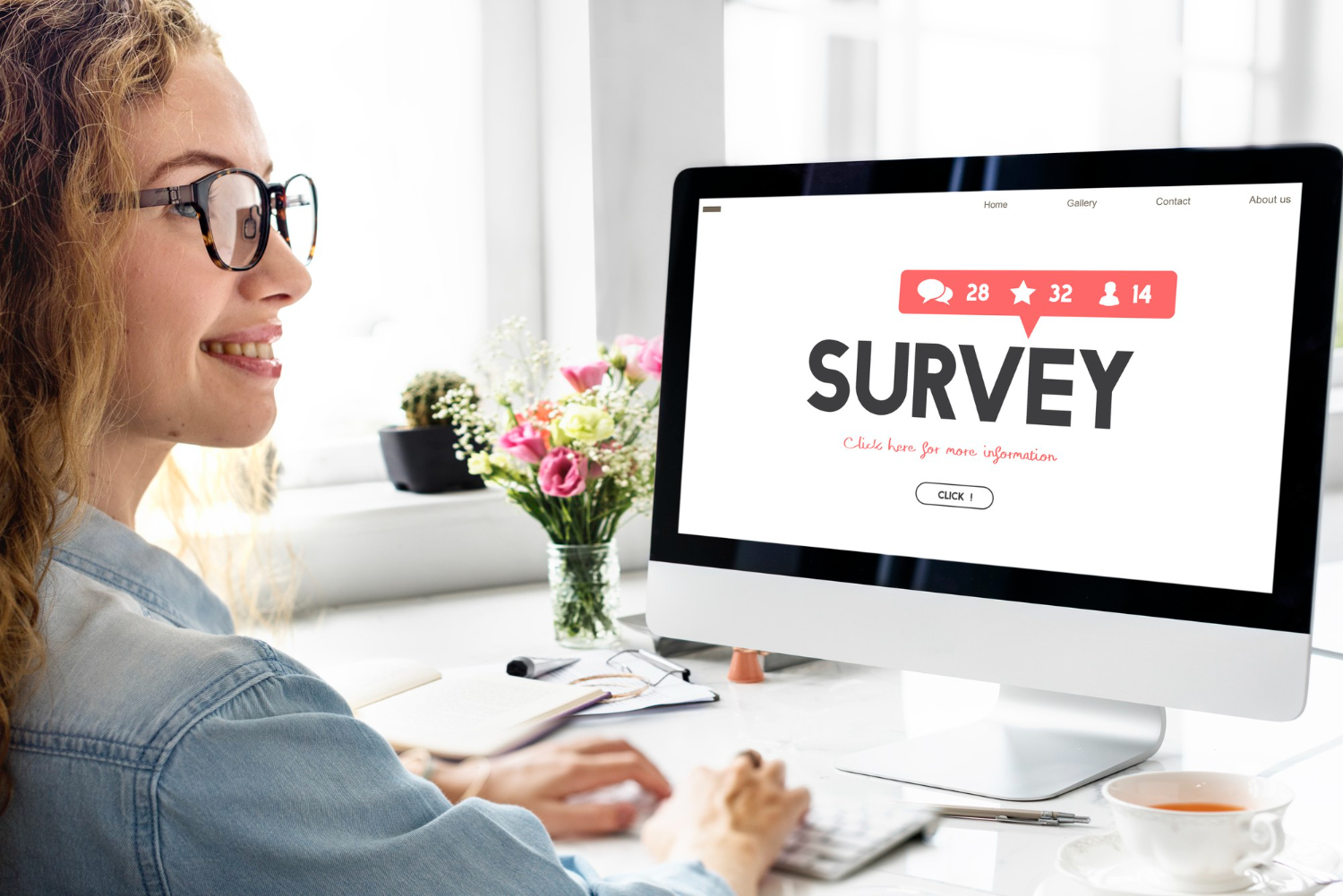Designing the Page for Readability:
Macropunctuation for Memos and Reports
Contributed by Deane Gradous, Twin Cities Consultant
Make your writing visually appealing, well organized, and simple to take in and remember. Even though you write for a captive reader, do not assume that he or she will be fascinated with what you have to say.
Use headings and subheadings
Help speed recognition of what the page contains. Use headings to communicate a sense of order and conciseness. Make your communication look planned, coherent, and forthright. Order is important. Start with a statement of your purpose for writing. Add the when, who, how, and where details that you have organized into some rational order. Say what you think about the above, and end with a summary. Put endless tables of data in an appendix.
Don’t tax your reader’s power to take in information
Straight text looks formidable.
The reader braces himself or herself for an ordeal–for heavy going. Because we humans have relatively limited capacities for information processing, you should present your information in bite-sized chunks, which your reader may then quickly note and take in. Keep paragraphs short–seven lines of type at the most.
The shorter, the more irresistible your paragraphs are.
|
Look for opportunities to use numbered or bulleted lists. Numbers designate order or hierarchy. If your word-processing program does not create bullets, you can create them by filling in lower-case o’s with a felt pen. Remember to make all the items in your lists grammatically parallel and to add no punctuation because the list is its own punctuation.
Use white space as a foil
White space is not random nothingness. It is a tool; use it! White space is functional when it works to lift your ideas off the page and into your reader’s mind. Be concerned with the use of margins and the consistency of spacing between lines and paragraphs. A 60-character line or less will help your reader track correctly through your text. And keep white space white (clean). Eliminate visual nuisances such as fancy borders or prominent logos.
Use a style sheet
For consistency, design template files with your preferred page layouts for letters, reports, and memos. Save these settings in separate files and lock them. Some word processors have a styles feature to facilitate paragraph formatting. Style sheets save you time because you make the small but important decisions involved in formatting your written communications just once. Style sheets also help you create a consistent, professional image.
Add visual appeal
Add personality and drama to your correspondence by incorporating hand-written notations, graphic illustrations, and charts. Graphics attract. Use graphics to break up the page and to lead the reader’s eye right to where you want it — perhaps to the second and third pages of a long memo.
Checklists, sidebars, summaries, tables, graphs, hand-written notations, and cartoons will add to the visual appeal of the page. (Exception: Place series of tables and graphs in an appendix.)
Use restraint
Sparingly employ italics, boldface, underlining, upper-case type, asterisks, and changes of font or type size. Too much variety creates an impression of complexity or messiness. Eliminate noise, such as unnecessary periods at the end of items in a list and parentheses after the numbers in a list.
Highlight important text
| To draw attention to important material, place a border around a short passage. See your word-processing manual for how to add 5-points of space around the type. |
Learn More in the Library’s Blog Related to This Topic
In addition to the articles on this current page, see the following blog which have posts related to this topic. Scan down the blog’s page to see various posts. Also see the section “Recent Blog Posts” in the sidebar of the blog or click on “next” near the bottom of a post in the blog.
For the Category of Communications (Business Writing):
To round out your knowledge of this Library topic, you may want to review some related topics, available from the link below. Each of the related topics includes free, online resources.
Also, scan the Recommended Books listed below. They have been selected for their relevance and highly practical nature.










